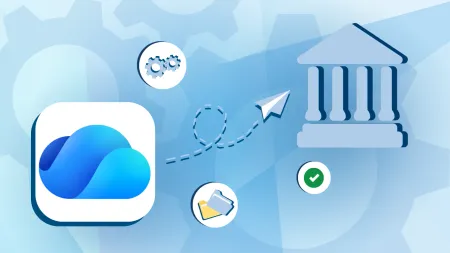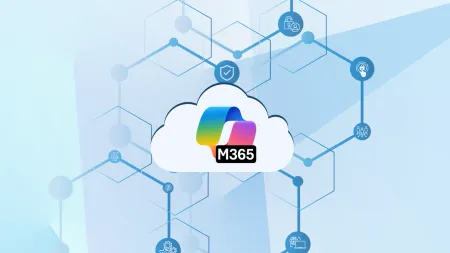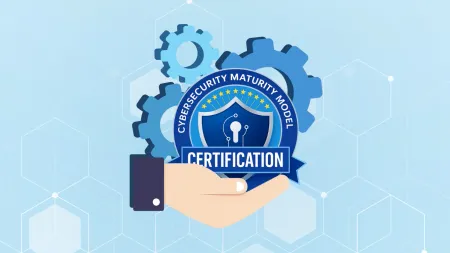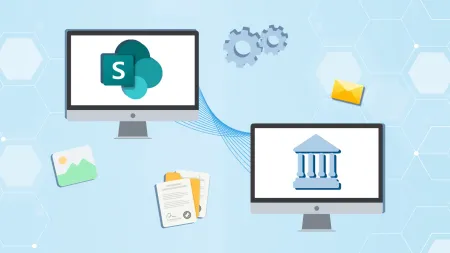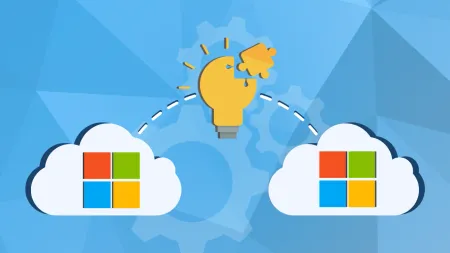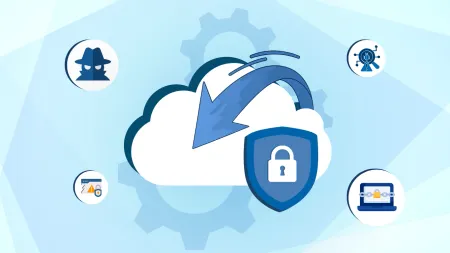IT Department Considerations for M&A Integrations
As competition rises in our global marketplace companies are joining forces to ensure long term growth and stability But merging two companies isnt...

As competition rises in our global marketplace, companies are joining forces to ensure long term growth and stability. But merging two companies isn’t only about consolidating offices, teams and products. IT is a crucial component in mergers and acquisitions (M&A.) Here are the top M&A IT integration considerations you need to include in your transition plan.
The Important of IT in Mergers and Acquisitions
IT plays a huge role in M&A integrations — it’s estimated that 50-60% of M&A initiatives involve IT. Despite its importance, IT concerns are often pushed aside in the early stages of M&A planning causing delays later.
There are four main priorities that must be considered in an M&A integration. A successful M&A integration plan should address the following:
- Business continuity through the transition.
- Integrating the IT departments of merging companies.
- Supporting the integration of other company functions, including finance, operations and HR.
- Establishing a strong IT architecture for future growth.
Common IT M&A Integration Strategies
There are several approaches to IT M&A integrations. Here are the most common strategies. Absorption. The subsidiary adopts the parent company’s system and technologies.
- Advantages: Absorption is the quickest way to merge into a single operation.
- Disadvantages: The subsidiary must change their entire business process which could delay the M&A.
Best of breed. The parent and subsidiary companies assess their IT infrastructures and select the optimal configuration.
- Advantages: This approach is more attractive to the subsidiary and better for long term growth.
- Disadvantages: Best of breed integrations take longer, require significant shifts in both companies and an extensive M&A integration plan.
Transformation. Both companies adopt a new system.
- Advantages: A transformation allows both companies to adopt or upgrade to a more efficient system.
- Disadvantages: Transforming both IT infrastructures is expensive and can take a long time to implement successfully.
Autonomy. In this scenario, the subsidiary company retains its current infrastructure and procedures and only connects to the parent company where necessary.
- Advantages: Maintaining IT autonomy means there is minimal impact on either environment.
- Disadvantages: This method also requires the most maintenance and cost.
Outsource or interim outsource. The two companies employ a third party to manage the M&A IT integration.
- Advantages: Relieves the headache of managing the IT M&A process. The companies also gain the expertise of a third party.
- Disadvantages: Relinquishes control, can also be expensive to outsource it.
Planning Successful M&A Integrations
No matter which M&A integration strategy you pursue, you’ll need a plan. Successful IT M&A integrations require extensive, detailed planning. Here are the key steps involved in planning your IT integration.
Do your research. The CIO and IT team need a solid understanding of all IT requirements. Create a census of existing IT infrastructure. The census should include:
- Identify potential risks and opportunities,
- Eliminate redundant resources
- Identify the resources each side has and how they can be integrated together
- Include feedback from every department on their IT needs during the transition
Prioritize. Using the IT infrastructure census, create a list of initiatives, ranked from lowest to highest priority. Consider how the initiatives will impact the business, the ease of implementation and expected business benefits.
Create an implementation plan. Create a roadmap of your M&A integration process. The final plan should include detailed timelines, success factors, contingency plans and all sub-projects.
Execute. It’s time to put the plan into action. Identify the key stakeholders in the plan. Make sure leaders and managers delegate responsibilities and clearly explain the objectives and vision to their departments. M&A integrations aren’t just about consolidating two IT infrastructures. In today’s digital environment, nearly every aspect of the business is affected by IT. Successful IT M&A integrations don’t just shift IT architecture — they help shape the future of the company. At Agile IT, we offer a full range of merger, acquisition and divestiture consulting services specifically designed to help you capitalize on opportunities and ensure a smooth transition. We’ll help you identify the best strategy and technology for your needs and implement it in the most cost-efficient way. Contact us today for more information.
